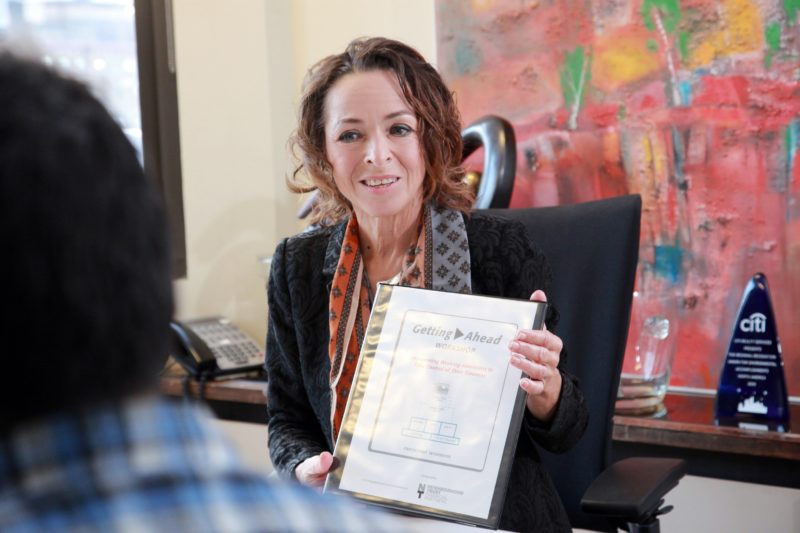If you had to choose, what one trait would you want in the leader of your team?
Special Forces say when it comes to the person whose leadership could mean the difference between life and death, they prioritize resourcefulness.
by
When members of Special Forces teams are asked this question, their answer isn’t superior physical ability, strategic intelligence or command presence. When it comes to the person whose leadership could mean the difference between life and death, they prioritize resourceful leaders who have the ability to come up with quick, creative ways to solve problems and overcome difficulties.
Here’s what former Navy SEAL Brent Gleeson told me about his first time in combat: When they hit the target house, they had a failed breach (i.e. the explosive charge didn’t blow the door off). So they had to manually pull the door off with a metal cutting saw. In the meantime, everybody inside the house was gathering their AK47s and getting into a barricaded position. So, they get into a gun fight. Then one of their guys went down and they had to collapse back down the stairs, re-engage in a new fight, and eventually clear the target. They had to adapt the plan four or five times in a matter of three minutes.
This mental agility to ‘adapt the plan’ and maximize resources is critical in any sphere, whether business, sports, science or exploration.
Because so what if you’re brilliant if you can’t adapt to a fast-changing environment.
So what if you have innovative ideas if you can’t come up with creative ways to execute.
So what if you have money but it’s your only resource for solving problems.
Nadine Cino CEO of Tyga Box, a company she founded to replace the waste and cost of cardboard moving boxes with reusable crates, is a resourceful leader. In 2016, after a decade of developing their proprietary TygaTrax RFID tracking technology, Cino and her team had their first major contract: delivering 2,200+ TygaTrax Boxes of sensitive client files for Merrill Lynch from two origin locations in Cincinnati, Ohio.
The road to Cincinnati had already been a rollercoaster ride of unexpected setbacks. Fourteen days before the move, the tags, which were being shipped from Korea, were held up in US customs, and Cino had to negotiate to get an expedited release.
Then they discovered the 3M adhesive to attach the tags needed to be heat set with epoxy — more delay and uncertainty while the warehouse was set to 78 degrees for a week and contractors were hired so the adhesive could be cured in time.
Finally, it was 7:30 am on moving day and the team was in Cincinnati. As the boxes were brought off the truck, many of the RFID tags weren’t registering — not good if what you’re promising the client is 100%, 24/7 tracking.
As it turns out, Sprint, their designated carrier, didn’t have robust coverage in Cincinnati. Still, it didn’t make sense: The readers were programmed to connect to other carriers.
Racing against the clock, Cino’s engineers in NJ and Korea worked to pinpoint the problem, finally finding the missing code instruction enabling connection to other carriers. Ultimately, the mission was a success, achieving 100% perfect electronic tracking count, a first in both the RFID and office moving industries.
For most people, not knowing “Is this going to work? How long do I have to deal with this uncertainty?” is extremely uncomfortable, psychologically speaking. Our brains love certainty — even if it’s the certainty of giving up, of failing. They want to be able to predict what’s going to happen.






